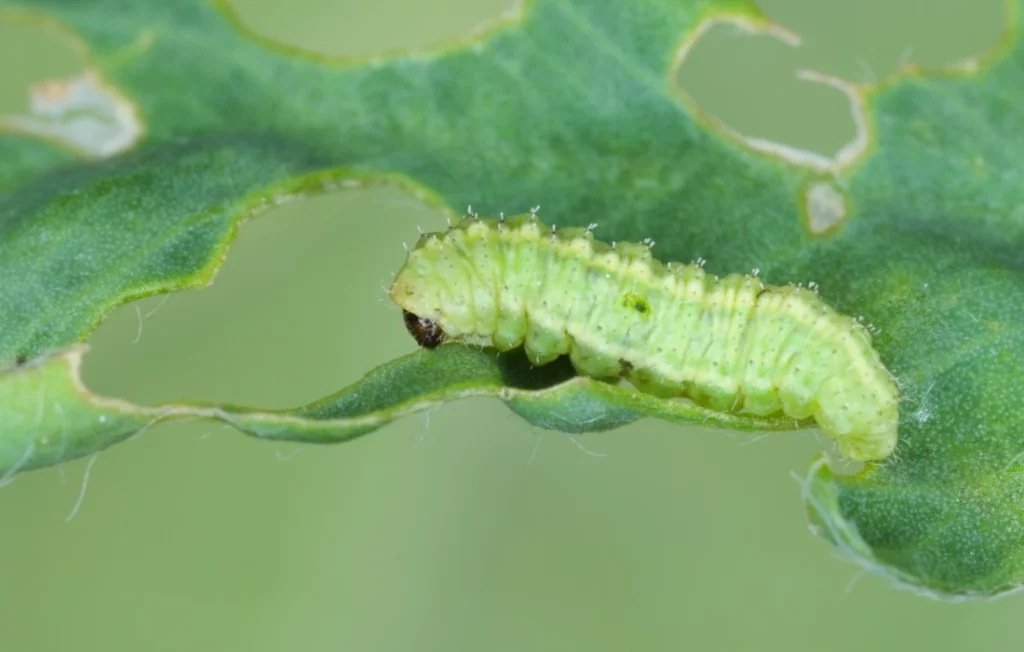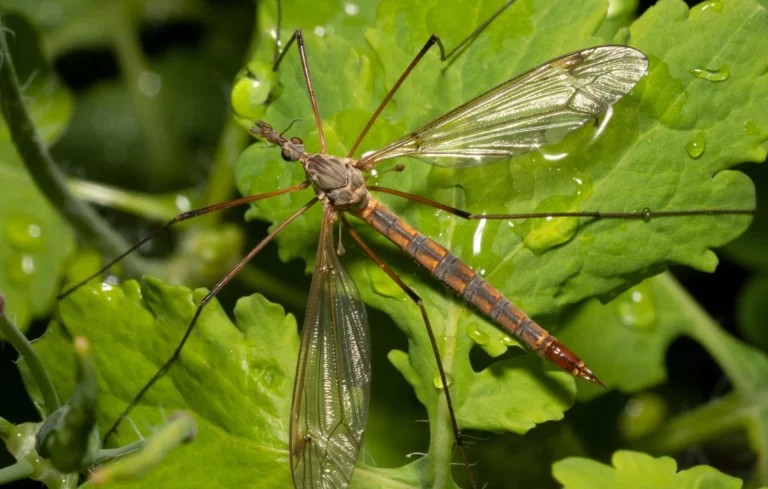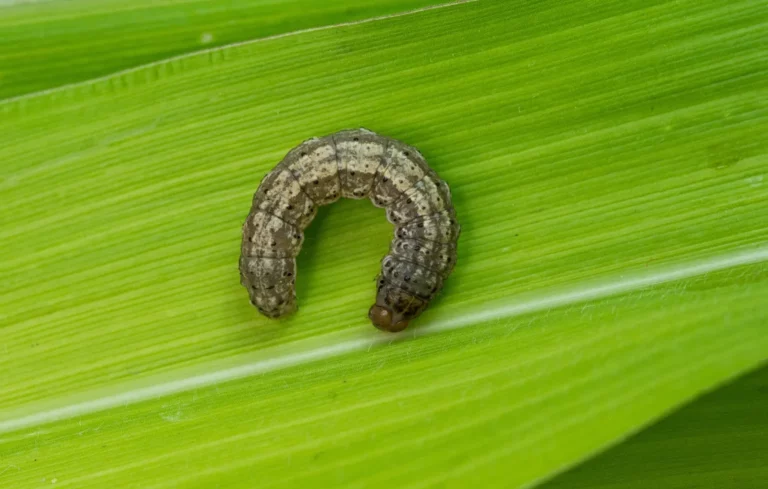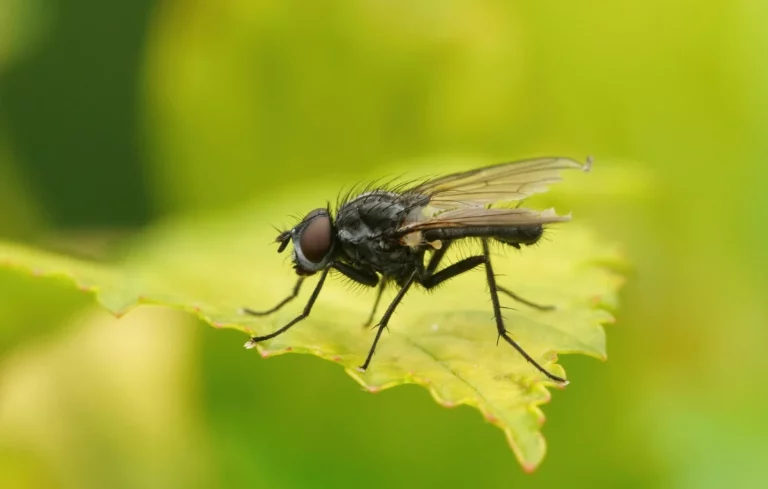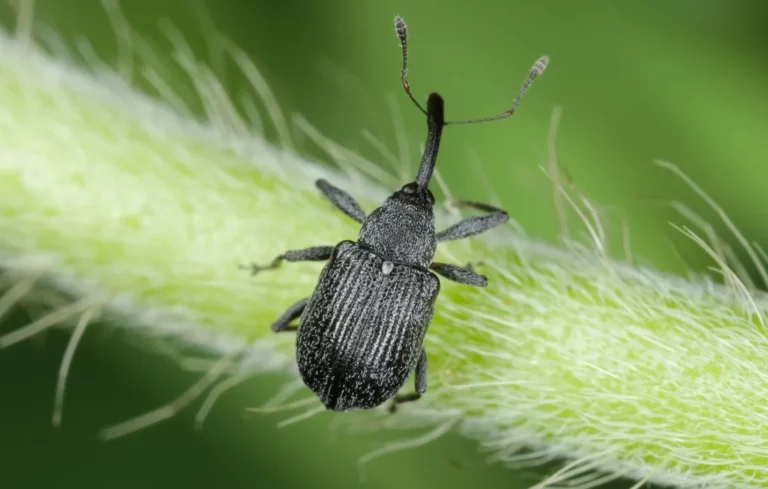Alfalfa is the target of a formidable pest: the alfalfa weevil (Hypera postica). This small beetle, however, causes significant damage when the larvae begin to actively feed in the spring. Perforated buds, lacerated foliage, slowed growth: the symptoms of its presence are clearly visible. How can this pest be identified? And what biological and natural control methods can be implemented to get rid of it? Our explanations and solutions.
Description of the alfalfa weevil
Native to Europe, the alfalfa weevil (Hypera postica) is a coleopteran insect belonging to the Curculionidae family . Found today on several continents – from Europe to North America and North Africa – it is now widespread.
The adult, between 4 and 6.5 mm in size , has an oblong, slightly convex shape. Its color varies from grayish-brown to black, with a body covered in fine bifid scales. The prothorax has three lighter bands formed by these squamules, and its rostrum, much longer than it is wide, allows it to be differentiated from other weevils.
The eggs are elongated and measure about 1 mm. Initially yellow, they turn brown over time. The larvae are legless (without legs), measure up to 1 cm and are light green in color with a white dorsal stripe. Their head is brown.
Which plants are targeted by the alfalfa weevil?
The alfalfa weevil primarily targets legumes. Its preferred plant remains alfalfa (Medicago sativa), although other species in the Fabaceae family can also be affected. Plots of land cultivated with alfalfa are therefore particularly exposed, especially when the crop has been in place for several seasons.
Need a natural solution for alfalfa weevil?
Development cycle of Hypera postica
The alfalfa weevil follows an annual development cycle, marked by two main egg-laying periods. The first occurs in the fall and accounts for the majority of the offspring, while the second, more limited, occurs the following spring. These seasonal variations may differ depending on the region.
Adults usually emerge in early summer, during which time they actively feed on the leaves and young shoots of legumes.
Egg-laying begins in the fall: females dig small cavities in buds, stems, or petioles to lay their eggs. A single female produces more than 500 eggs. If egg-laying occurs late, the eggs may overwinter without hatching, like the other stages of the pest. Overwintering is possible as adults, larvae, nymphs, or even eggs.
Incubation time varies greatly depending on temperature, ranging from ten days to two months. Upon hatching, the young larvae migrate to the buds where they find shelter and food. As they grow, they feed on the leaf blades while sparing the veins.
Pupation occurs later, in a loosely woven shell, often located on the leaves. The entire cycle allows the alfalfa weevil to adapt to different climatic conditions and maintain constant pressure on perennial crops such as alfalfa.
How to recognize damage caused by the alfalfa weevil?
The damage caused by the alfalfa weevil is mainly due to its larval stage. Active from spring, the larvae colonize the upper parts of the vegetation, where they find their food.
The larvae consume:
- primarily the buds , which compromises the regrowth of the plant;
- then the leaf blade , sparing the veins, leaving perforated foliage with a characteristic appearance.
This feeding leads to a weakening of the plant and a gradual loss of vigor. When larval pressure intensifies, particularly from the second or third year of cultivation, defoliation becomes more pronounced. The damage can then significantly impact the quality and yield of the alfalfa.
Regular leaf inspection allows typical notches to be identified and action to be taken before the population exceeds a problematic threshold.
Prevention
To contain the alfalfa weevil, several agronomic practices can be implemented. Pre-cutting in April, for example, limits larval development by eliminating some of the younger generations. In areas already affected, sowing in mixed crops reduces the attractiveness of the crop to egg-laying females.
Monitoring plots, particularly during sensitive periods (early spring and autumn), allows for early intervention. These practices, part of a biological crop protection approach, offer concrete levers for reducing the pressure exerted by this pest without disrupting the agroecological balance of farms.
Agrobiotop solutions to combat alfalfa weevil
At Agrobiotop, we develop natural products to combat crop pests such as the alfalfa weevil. We recommend the following solutions:
- YAKADOP Biostimulant : It is a first line of defense against alfalfa pests.
Dosage : 5 to 10 liters / 100 liters of water / hectare - YAKASELF Biostimulant : Direct action against alfalfa weevil. Foliar application in early autumn/spring (March, April).
Dosage : 510 litres / 100 litres of water/hectare
Do not hesitate to contact us for more information.

